Shunt Resistor?
Sunday
Add Comment
In this post we will study a little about the shunt resistor. Let's understand how it works and what it's for.
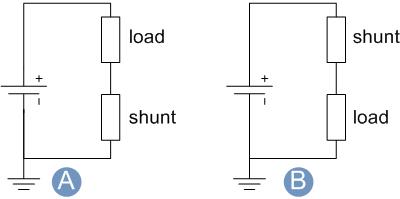
Unfortunately, the technical community doesn't like to read very much.
Many believe that in the repair world what really matters is practice. Poor things, they live to fight between the plates and the reason is only one. You can't want to practice something that you don't know how to work.

In other words, if practice is important in this world, theory is just as important. And understanding this is a huge leap in repairs, because we can only repair what we know how it works.

Going back to the shunt on the electrical circuit board "in our case a laptop" we have lots and lots of resistors, but one of them usually goes unnoticed.
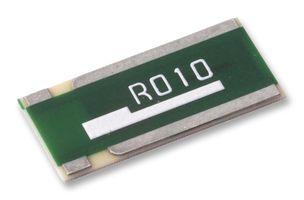
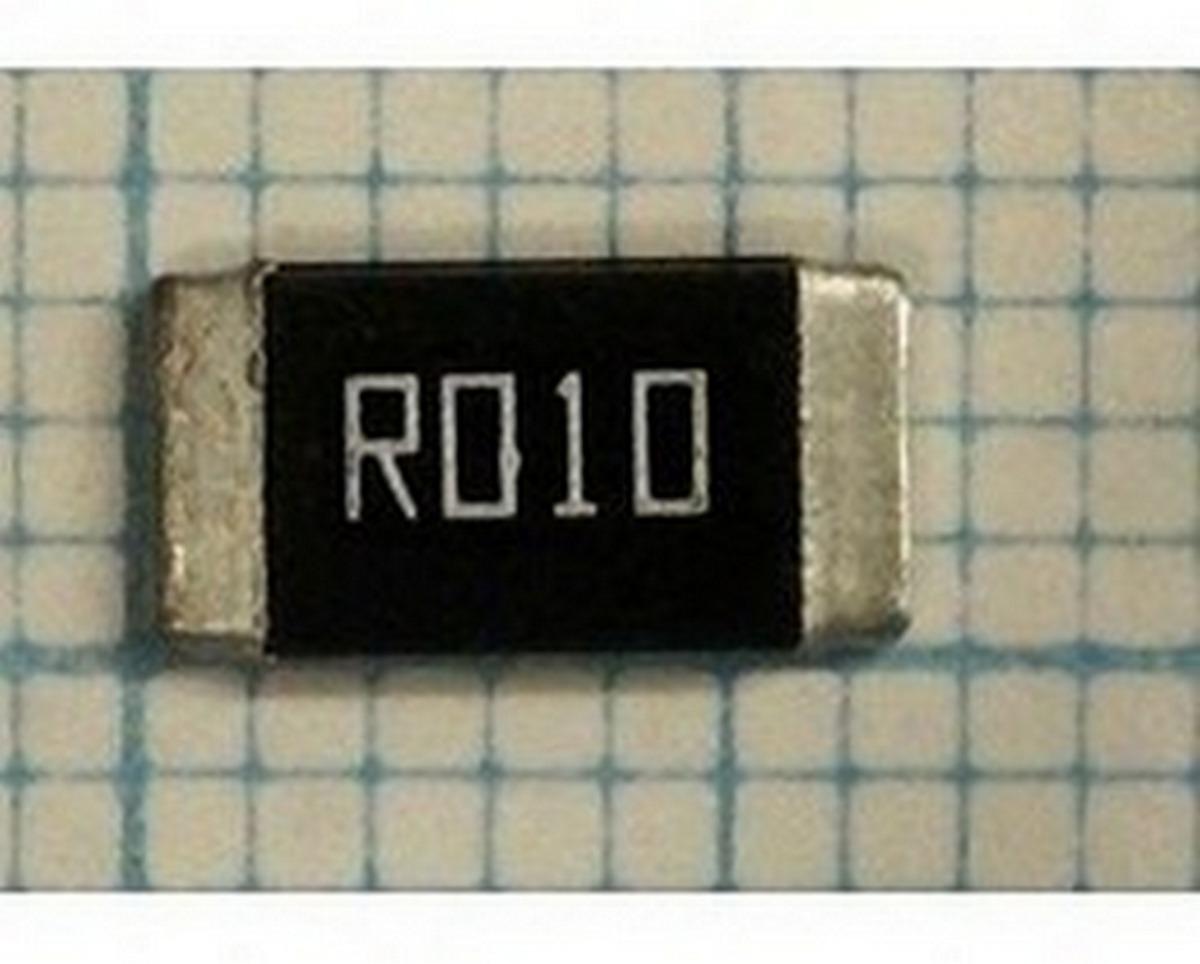
Will you say that you never asked yourself, why is this one different from the others? What are they doing here on the board?
These two resistors in the photo are the shunt resistors . And
in case you don't remember the specific place where you saw them on the laptop motherboard, I can refresh your memory, they are there on the B+ line and also on the battery power line.
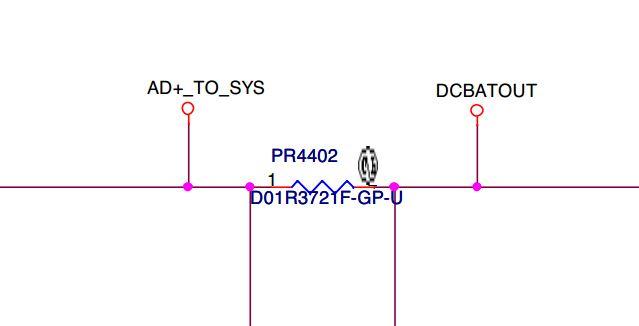
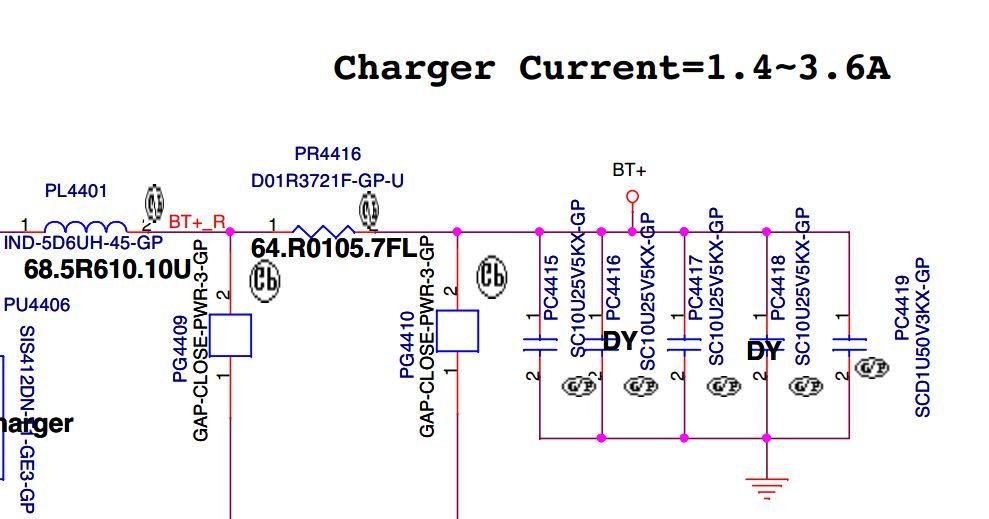
And now we begin to understand a little bit of the strategic placement of this resistor at these two points.
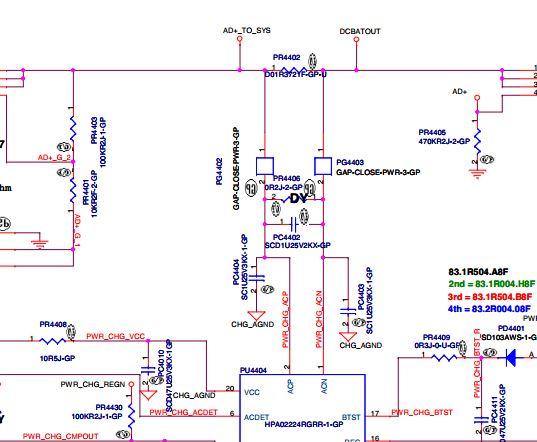
In the image above we have a part of the charge circuit . Circuit responsible for managing the motherboard's two main initial power supplies, which would be the charger and the battery.
Note that side 1 of PR4402 is connected to pin 2(ACP) of PU4404(charger) and side 2 of PR4404 to pin 1. This is because the PU4404 needs to monitor this line that the engineer here called AD+_TO_SYS that soon after the shunt it is called DCBATOUT .
And I think that now the thing is starting to make more sense. If not, let's go ahead. When we plug the charger into the notebook board, the CHARGER starts to monitor this power source that now exists on the board. For that he needs to perform comparisons and that's exactly why the shunt was placed there. And that's also why there are these two outputs from shunt to charge. Because
the smallest voltage variation at one of the two points tells the
charger that something is wrong and that it must do something.

Or are you going to tell me you never picked up a board with armed protection? How do you think this circuit is triggered? If you thought about shunt , congratulations got it right. If not, don't be sad, we'll still have other opportunities.
The shunt is a very low value resistor. This depends on the design, but typically around 0.01 Ohms . This
is because it is connected in series with the load, and through the
voltage drop across this resistor we can determine the current that
flows there and know when there is variation.
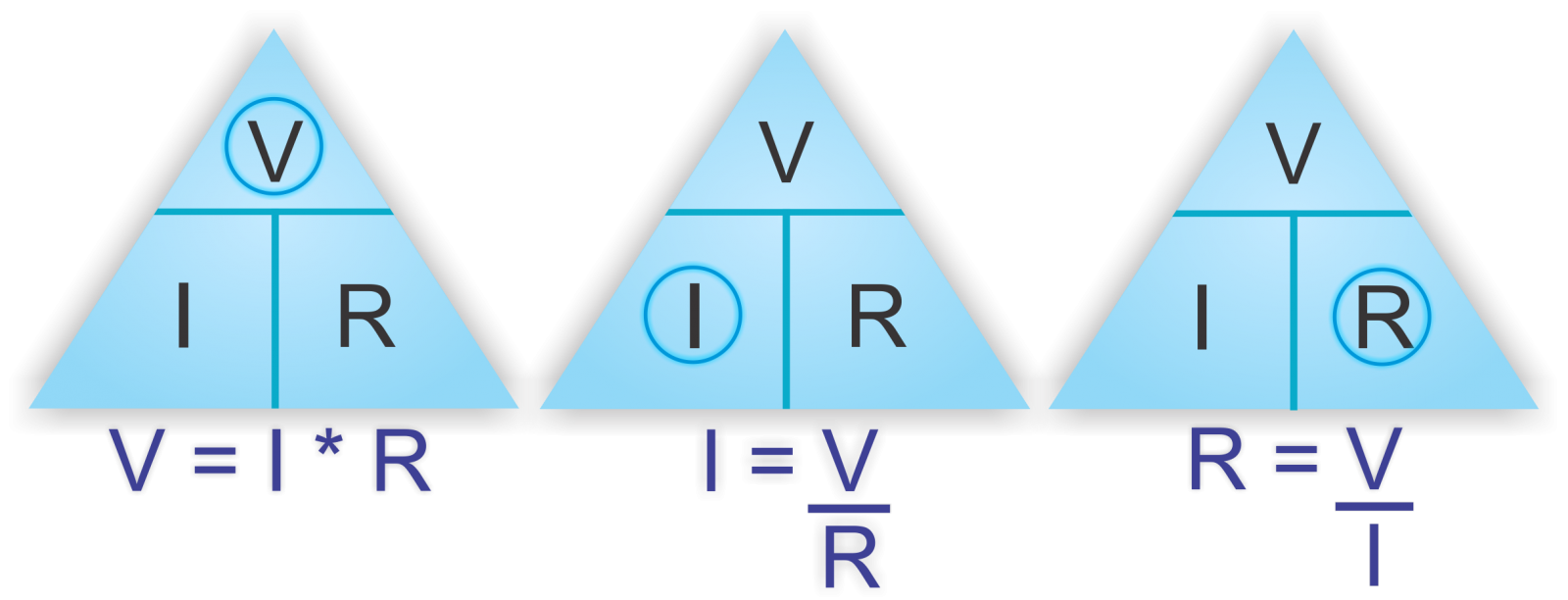
Using
the ohm's law, the engineer is able to parameterize the charger inputs
to work with the variations coming from the resistor line and so he
monitors and knows exactly when there is something wrong in that line
and can perform the tasks that were programmed for when this happens .
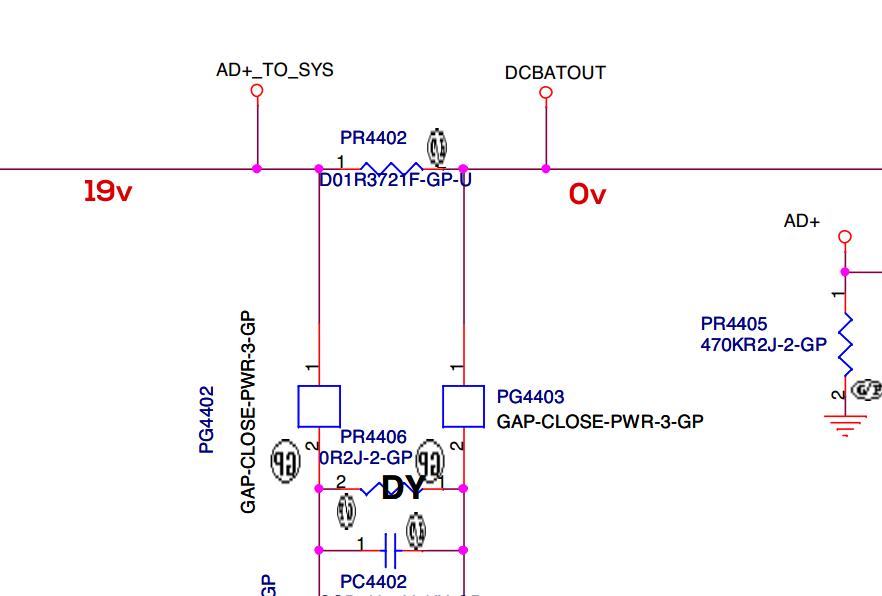
In a hypothetical example imagine taking a measurement and seeing these values above. The
charge would detect this and even though it was being powered, its
internal parameterization would signal to the other circuits around that
something is wrong and the board would not behave as expected.

Remembering
that the same type of monitoring takes place on the battery power line,
where the charger can detect failures arising from battery charging.
Well, I hope you enjoyed it and remembering that I always value the simple and intuitive approach. And
even though there is a lot to be talked about and studied about this
type of circuit, consider this article as the starting point and venture
into new studies.
And when you discover something new, don't forget to come here and share it with me and other professional partners. No but I leave you a big hug and see you in the next article.



No comment